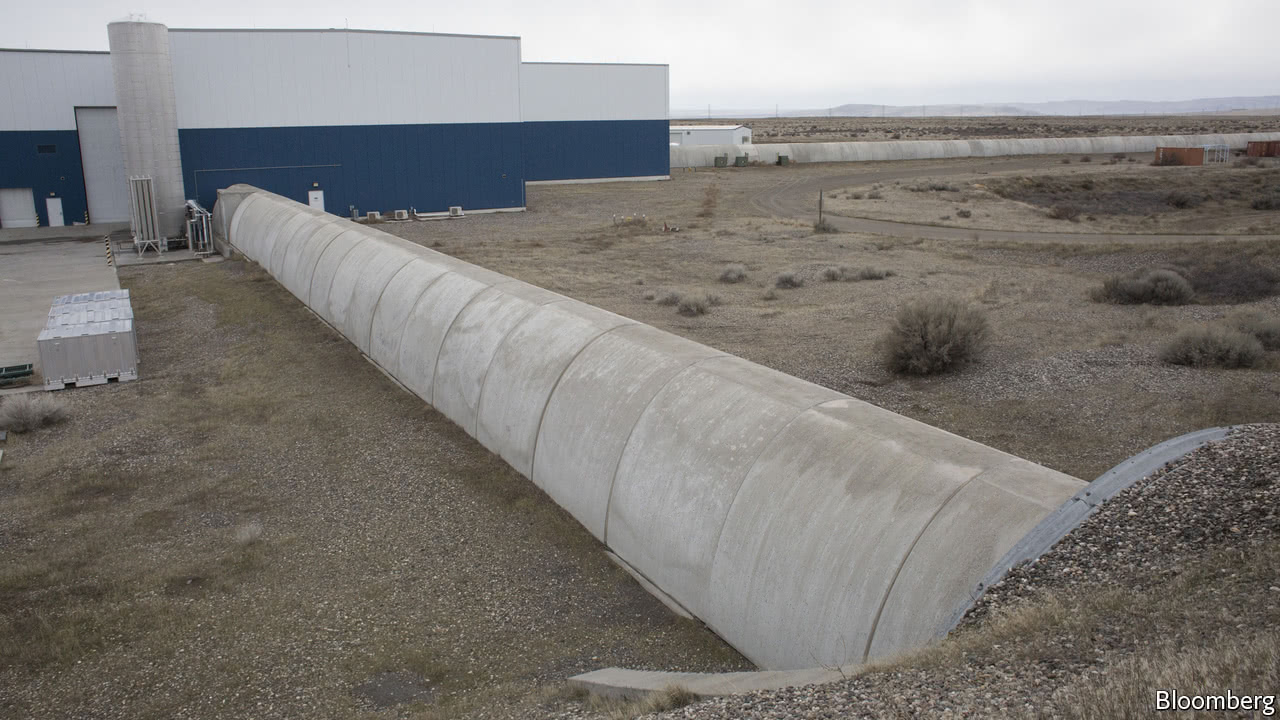Gravity-wave detectors offer a new way to look at the universe
ONE of the biggest bits of science news in 2016 was the announcement, in February, that gravitational waves had been detected for the first time. A prediction of Albert Einstein’s theory of general relativity, theorists had long suspected that such waves—rippling distortions in the fabric of space itself—were real. But no one had seen one. They were eventually revealed by a billion-dollar instrument called the Laser Interferometer Gravitational-Wave Observatory (LIGO), which is based at two sites in Louisiana and Washington. LIGO works by bouncing lasers down tunnels with mirrors at each end. A passing gravity wave will stretch and compress space, causing tiny changes in the time it takes a beam to traverse the tunnels.
The waves that LIGO spotted were caused by the joining, 1.3bn years ago, of a pair of black holes, 36 and 29 times as massive as the sun. Such mergers are among the most powerful events in the universe: the coalescing holes briefly pumped out 50 times more…Continue reading
Source: Economist





